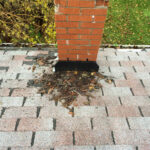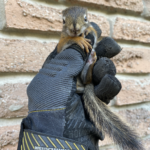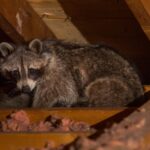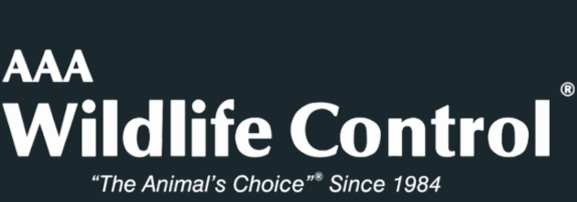As human populations continue to grow and urban areas expand, it’s becoming increasingly important for us to learn how to coexist with urban wildlife. From birds and squirrels to raccoons and deer, urban areas are home to a diverse range of wildlife species, and it’s important for us to understand their needs and behaviors in order to coexist peacefully.
Here are some tips from the experts at Gates Wildlife on how to coexist with urban wildlife:
Don’t feed the animals
It may seem like a kind gesture to feed wildlife, but it can actually do more harm than good. Feeding animals can cause them to become dependent on human food and lose their natural foraging instincts. It can also lead to conflicts with other animals and humans, and can spread disease. If you want to help wildlife, the best thing you can do is to provide natural food sources like bird feeders and native plants.
Keep your distance
It’s natural to want to get close to wildlife, but it’s important to remember that these animals are wild, and they can be unpredictable. To avoid conflicts and keep both yourself and the animals safe, it’s best to keep a respectful distance. This means not approaching or touching wildlife, and giving them plenty of space to move freely.
Protect your property
Urban wildlife can sometimes cause problems for homeowners, such as damage to gardens and buildings. To prevent these issues, it’s important to protect your property. This can include keeping trash cans securely covered, sealing off potential entry points to your home, and installing preventative screens on common entry points on your home. This can include, but is not limited to, roof vents, plumbing mats, bathroom vents and chimneys.
Respect their habitats
Urban areas can be challenging for wildlife, as natural habitats are often limited. To help wildlife thrive in urban environments, it’s important to respect their habitats and minimize our impact on them. This can include protecting green spaces, conserving water, and reducing our use of pesticides and other chemicals.
Be patient
Wildlife is not always predictable, and sometimes it can take time for animals to adapt to our presence. If you’re trying to coexist with urban wildlife, it’s important to be patient and give the animals the time and space they need. With patience and understanding, we can learn to live peacefully with urban wildlife and coexist in harmony.
At Gates Wildlife, we are experts in understanding and coexisting with urban wildlife. Contact us today to learn more about our services and how we can help you coexist with wildlife in your urban environment.









